
Haiti Animals
| Due to the unstable situation and very high level of general risk, traveling to Haiti may be dangerous. Read more |
Follow the Trail of Wild Nature – Nature Tourism in Haiti
Haiti, a Caribbean nation known for its stunning beaches and vibrant culture, is also home to a diverse range of fascinating wildlife. From the lush rainforests of the La Visite National Park to the coastal mangroves, Haiti offers a unique opportunity to encounter a variety of animal species in their natural habitats.
One of the most iconic animals found in Haiti is the Hispaniolan solenodon, a rare and elusive mammal that is only found on the island of Hispaniola, which Haiti shares with the Dominican Republic. This fascinating creature is a living relic, with a lineage that dates back millions of years. In addition to the solenodon, Haiti is also home to a rich avian population, with over 200 species of birds, including the Hispaniolan parrot and the palmchat, adding color and melody to the country's landscapes. Join us as we explore the incredible world of animals that call Haiti home.
Mammals of Haiti
In the lush landscapes of Haiti, one can encounter a variety of fascinating mammals that call this Caribbean island home. The Hispaniolan solenodon, a nocturnal creature with a venomous bite, is a rare and ancient mammal found in the forests of Haiti. Sharing the terrain is the Hispaniolan hutia, a robust rodent that resembles a large guinea pig and is known for its climbing abilities. Although not native, the small Indian mongoose was introduced to Haiti and can now be spotted across the island. Additionally, visitors may catch a glimpse of the agile Javan mongoose, another introduced species that has adapted to the local environment. These mammals, each with their unique traits, contribute to the rich tapestry of Haiti's wildlife.
Birds of Haiti
In the lush landscapes of Haiti, bird enthusiasts can marvel at a variety of avian species that call this Caribbean nation home. The Hispaniolan trogon, with its vivid green and red plumage, is a sight to behold in the island's forests. The striking Hispaniolan woodpecker, recognizable by its zebra-striped back and red neck, is a common resident. Visitors may also spot the endemic Hispaniolan parakeet, a social bird with a delightful green coloration, chattering away in the treetops. The palmchat, Haiti's national bird, is ubiquitous, nesting in large, communal stick nests. These are just a few of the feathered treasures that make Haiti a birdwatcher's paradise.
Top Spots for Wildlife Observation in Haiti
- La Visite National Park, situated in the southeast of Haiti, is a highland reserve that offers a cool climate and pine forests. Here, visitors can spot a variety of bird species such as the Hispaniolan trogon, the Hispaniolan woodpecker, and the broad-billed tody. The park is also home to the endangered Hispaniolan lizard cuckoo and the rare Hispaniolan crossbill, which is found only in this type of pine habitat.
- Macaya National Park, located in the southwest on the Massif de la Hotte, is one of the most important biodiversity hotspots in Haiti. This park is renowned for its cloud forests and a high level of endemism. Birdwatchers can look out for the beautiful endemic species like the Hispaniolan emerald, a type of hummingbird, and the Hispaniolan parakeet. The park also provides habitat for the critically endangered black-capped petrel and the unique Hispaniolan spindalis.
- Pic Macaya National Park, also part of the Massif de la Hotte, is another critical area for conservation in Haiti. It is home to a variety of amphibians, including several species of frogs like the La Hotte glanded frog and Macaya breast-spot frog, both of which are critically endangered. Bird enthusiasts may also encounter the Hispaniolan pewee and the white-winged warbler.
- The Three Bays Protected Area, which encompasses coastal and marine environments, is a haven for marine wildlife. Visitors can observe a variety of seabirds and shorebirds, as well as marine life such as corals and fish in the coral reefs. The area is also important for the American flamingo and the royal tern.
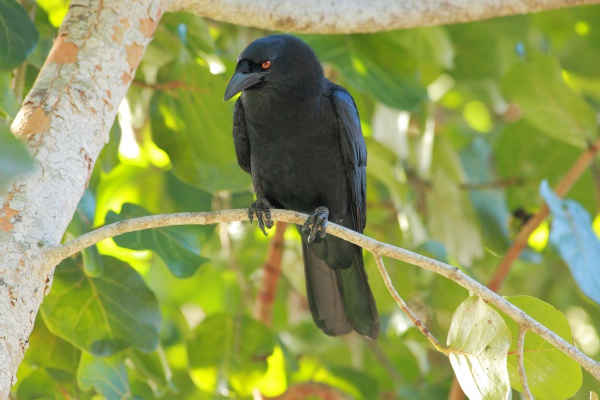
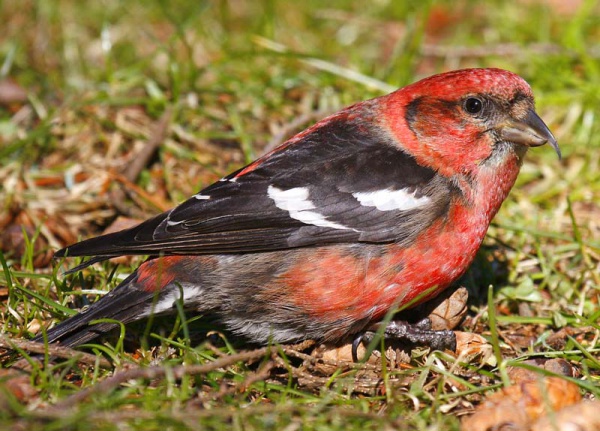
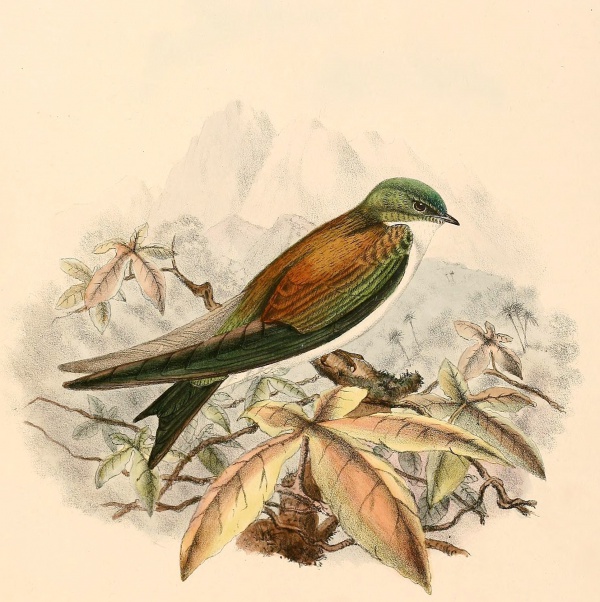
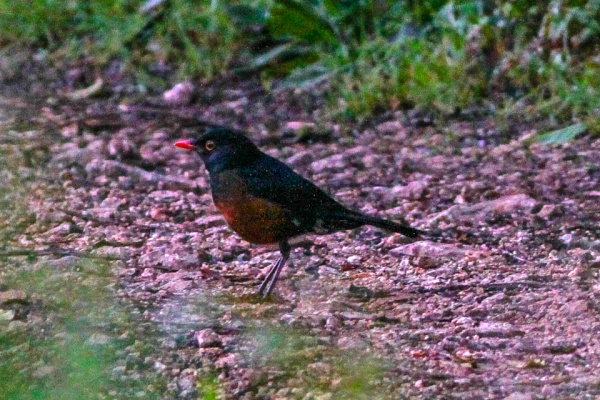
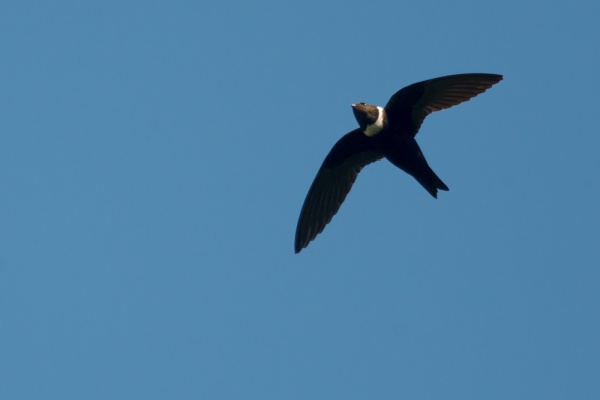
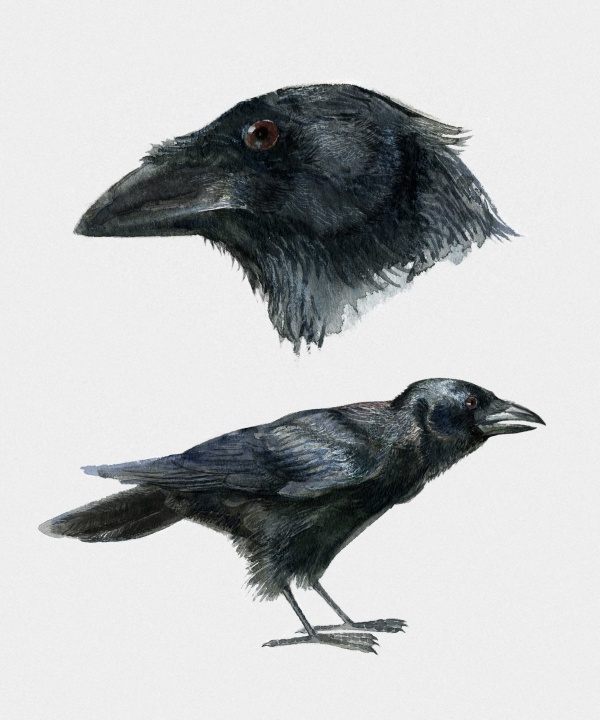
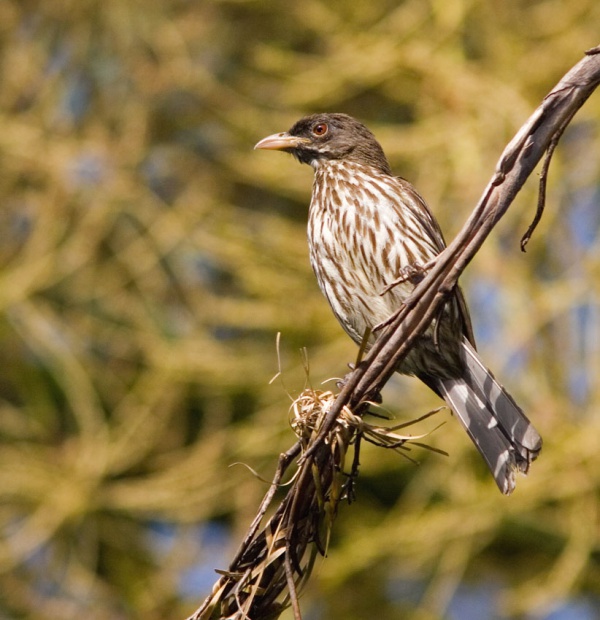
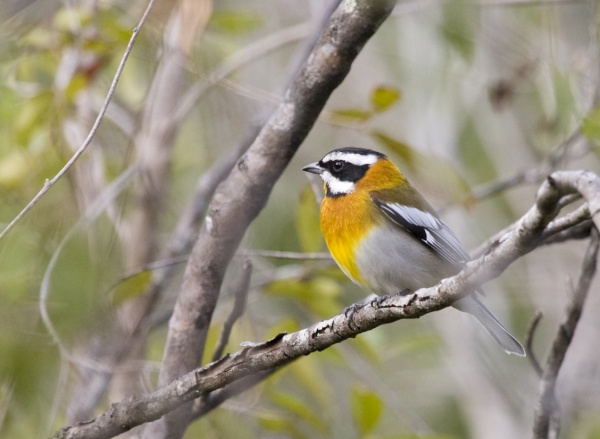
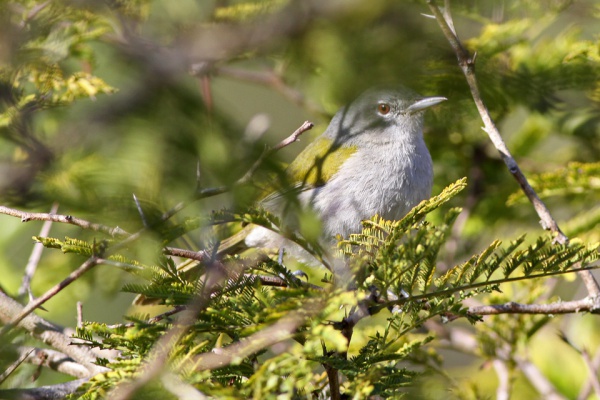
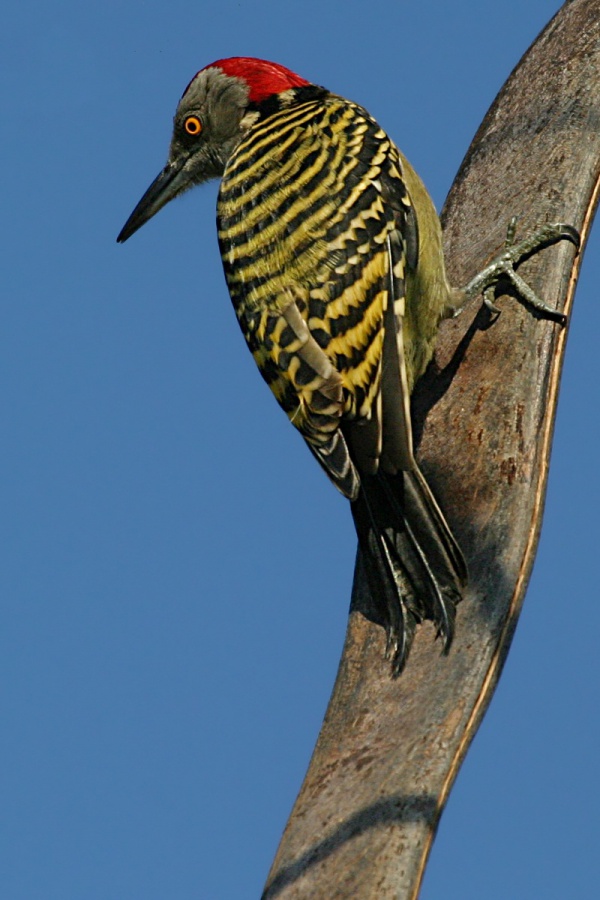
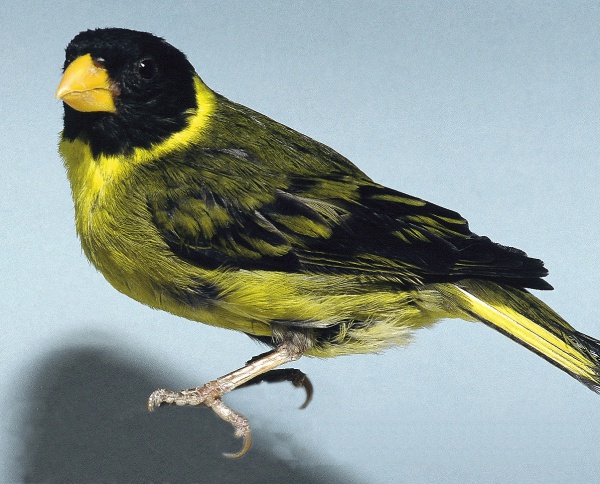
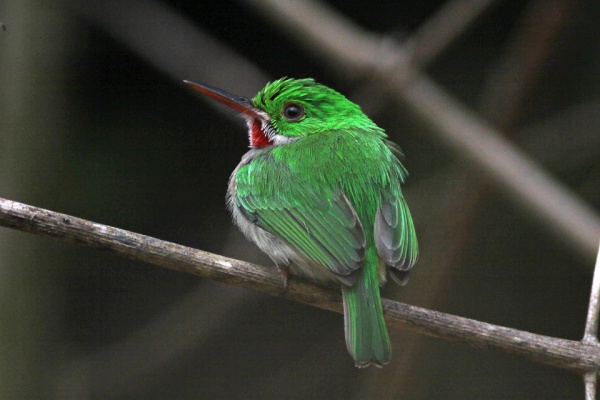
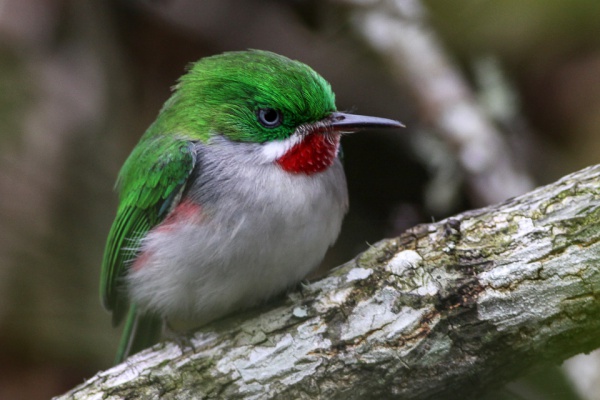
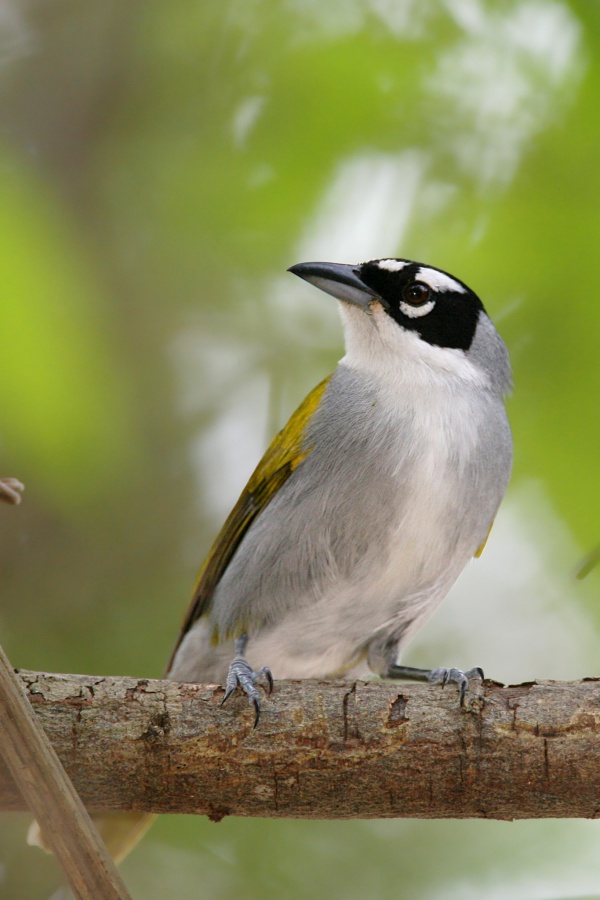
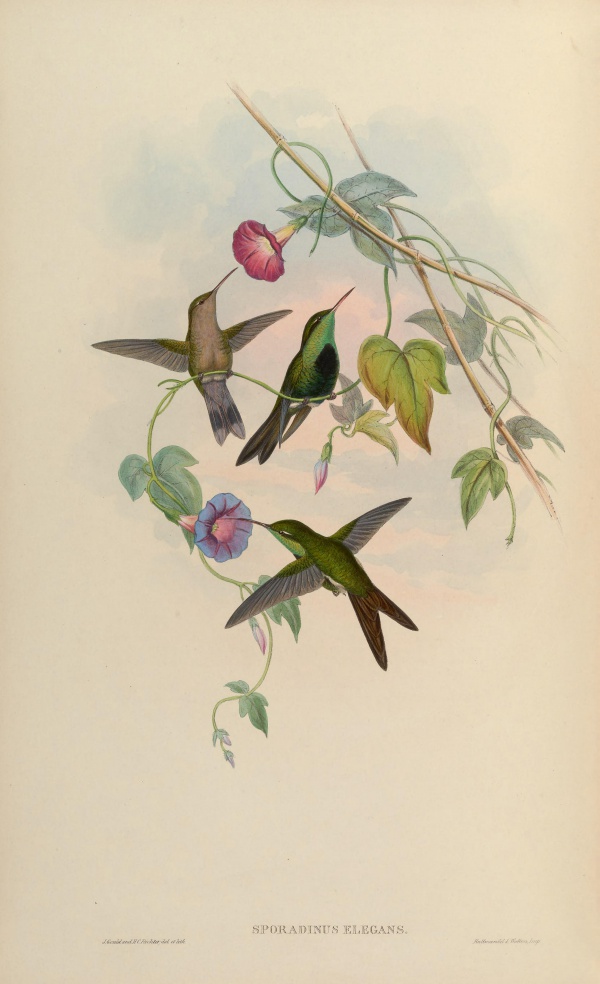
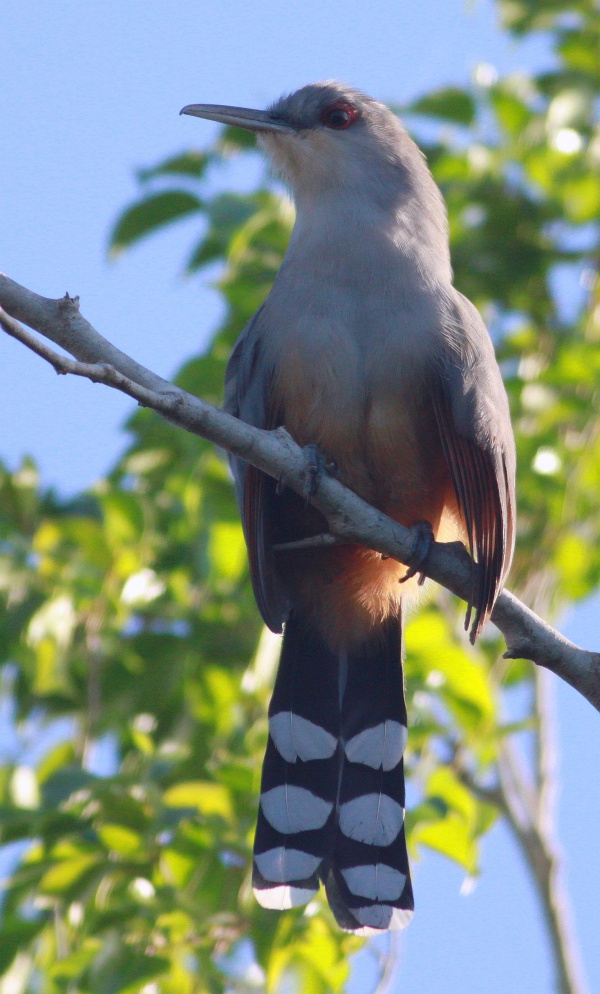
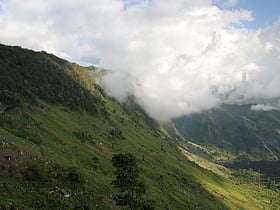
 Dominican Republic
Dominican Republic